1. “Good Vibrations” – The Beach Boys
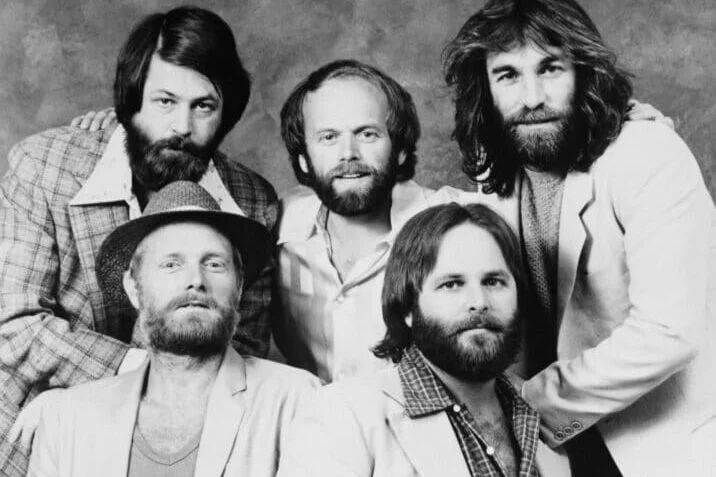
When Good Vibrations hit the airwaves in 1966, it was like nothing anyone had heard before. The Beach Boys crafted a sound that captured the optimistic, free-spirited vibe of the ’60s. With its lush instrumentation and Brian Wilson’s genius production, the song blended pop, rock, and even elements of psychedelia. The song’s “good vibrations” were not just in the lyrics but in the revolutionary sound that reached a wider audience.
Its unforgettable melody and complex arrangement made it a defining moment in rock history. The track’s success was a huge milestone for the band, showing their ability to push the boundaries of what pop music could achieve. Good Vibrations captured the essence of the ’60s, a decade marked by cultural upheaval and a desire for something new. For many, it’s still a symbol of the carefree spirit that defined the era.
2. “Respect” – Aretha Franklin
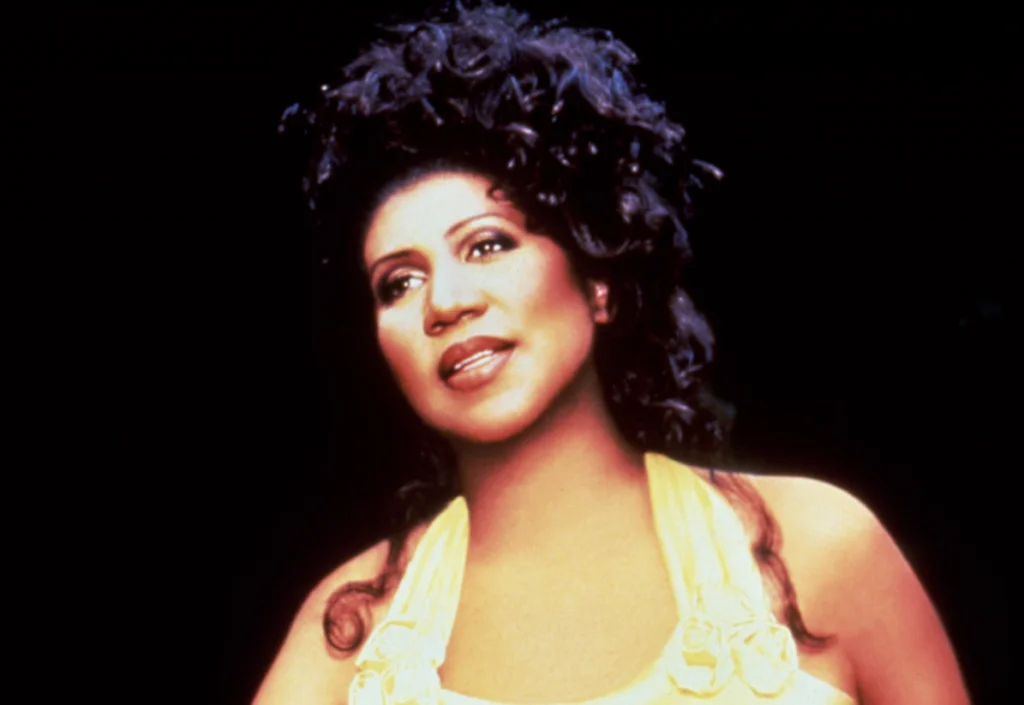
Released in 1967, Respect became the anthem of a generation, especially within the civil rights and feminist movements. Aretha Franklin’s powerful voice and commanding performance turned Otis Redding’s original into a battle cry for women everywhere. It wasn’t just about asking for respect—it was about demanding it. Franklin’s rendition gave the song a new, fiery energy that resonated with audiences.
The song’s infectious rhythm and unforgettable hook, “R-E-S-P-E-C-T,” became synonymous with empowerment. Aretha Franklin’s bold delivery made it clear that she wasn’t just singing for herself; she was speaking for every woman fighting for equality. Respect quickly became an emblem of the ’60s, a time when social movements were beginning to reshape the cultural landscape. It still echoes in the fight for women’s rights today.
3. “Like a Rolling Stone” – Bob Dylan
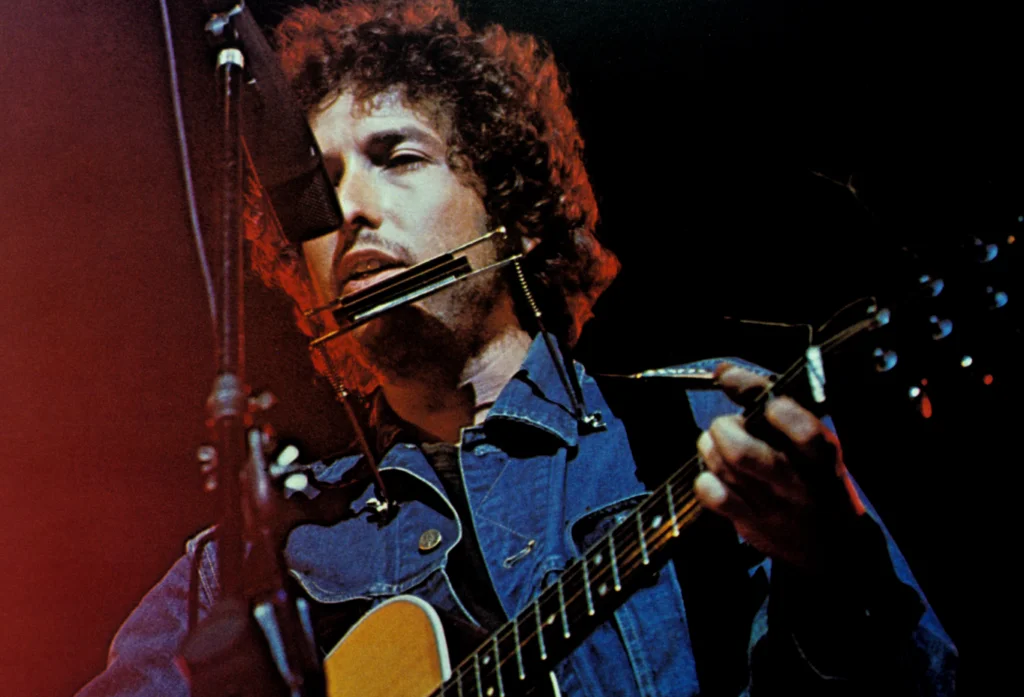
When Bob Dylan released Like a Rolling Stone in 1965, it was as if the earth shifted. The song marked a radical departure from the folk music that had defined Dylan’s early career, embracing rock and roll with a raw energy that stunned listeners. With its poetic lyrics and biting social commentary, the song encapsulated the disillusionment many felt during a time of social and political unrest.
The track’s groundbreaking use of language in a pop song was revolutionary, influencing generations of songwriters. It challenged conventional songwriting and made it clear that music could be more than just entertainment—it could be a form of protest. Like a Rolling Stone gave the ’60s an anthemic quality, voicing the discontent of a generation searching for answers in a world that seemed increasingly chaotic.
4. “I Can’t Get No Satisfaction” – The Rolling Stones
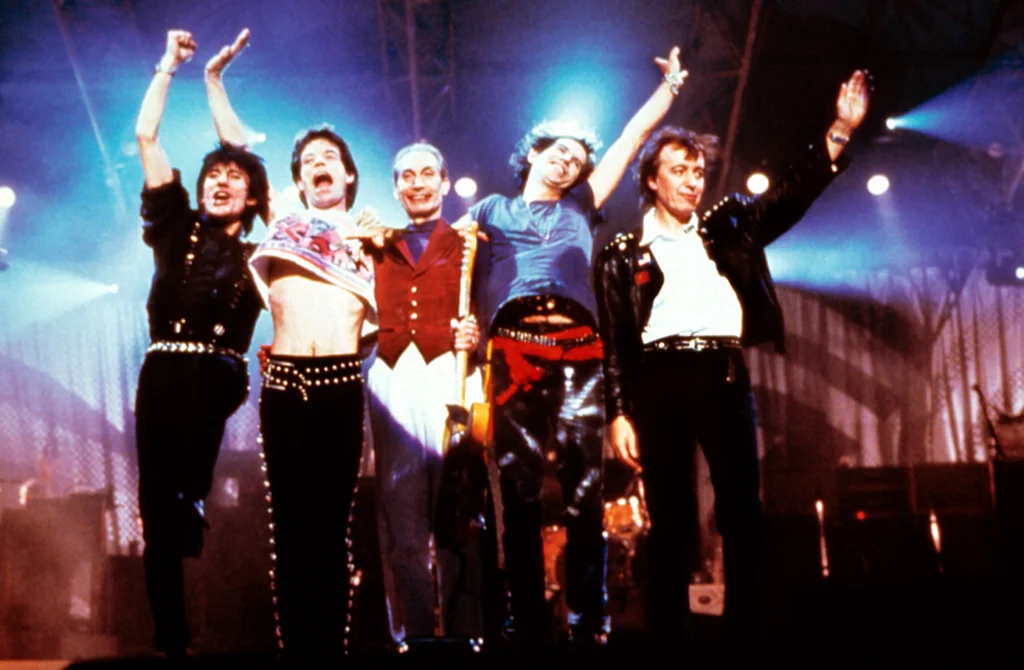
The Rolling Stones’ 1965 classic (I Can’t Get No) Satisfaction became the rallying cry for a generation that felt trapped in the expectations of society. With its rebellious tone and infectious riff, it tapped into the frustration many young people were feeling in the mid-’60s. The song spoke to the growing sense of disillusionment with consumerism, materialism, and the pressures of modern life.
Mick Jagger’s gritty vocals and the song’s iconic guitar riff made it an instant classic, and it became one of the most recognizable tracks in rock history. It wasn’t just a hit; it was a cultural statement. Satisfaction encapsulated the angst and yearning for change that permeated the decade. For many, it was the soundtrack to their personal rebellions, a sound that resonated in the hearts of youth everywhere.
5. “A Whiter Shade of Pale” – Procol Harum
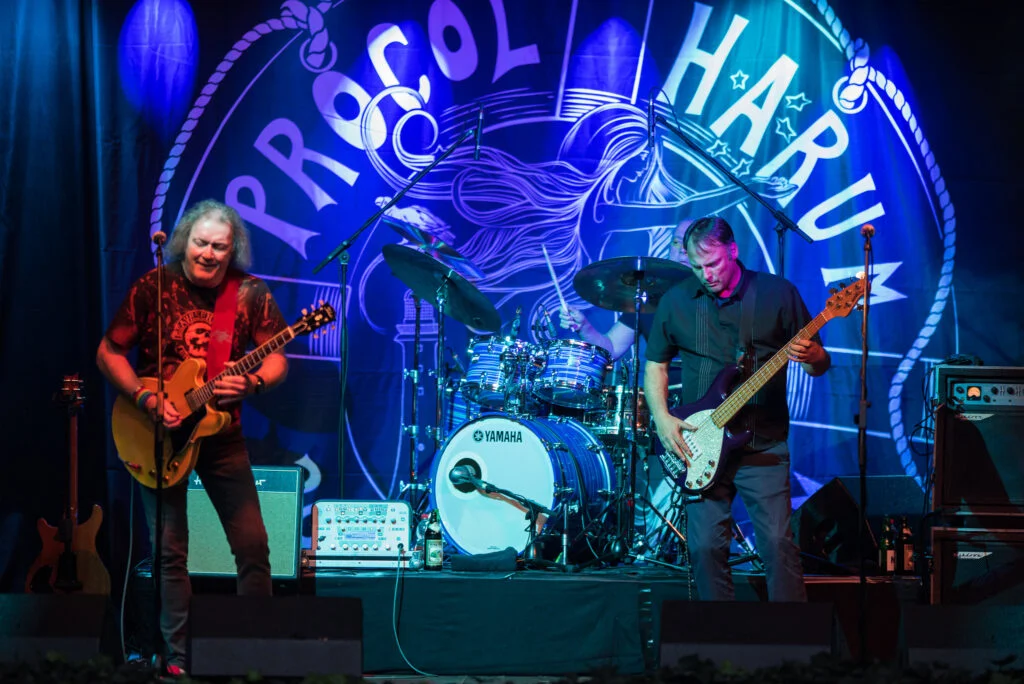
Released in 1967, A Whiter Shade of Pale was an enigmatic and haunting masterpiece that captured the psychedelic atmosphere of the ’60s. Its baroque-style organ riff, combined with poetic and abstract lyrics, painted a picture of a world lost in time. The song’s surreal and dreamlike quality made it stand out from the more straightforward rock tunes of the era.
Though its meaning remains somewhat elusive, the song became a defining track of the late ’60s. Its melancholic tone and rich orchestration transported listeners to another realm, evoking the feeling of a generation in search of something deeper. A Whiter Shade of Pale is often credited with helping to bridge the gap between rock and classical music, adding a sophisticated layer to the era’s music. It remains one of the most beloved songs from the ’60s.
6. “California Dreamin’” – The Mamas & the Papas
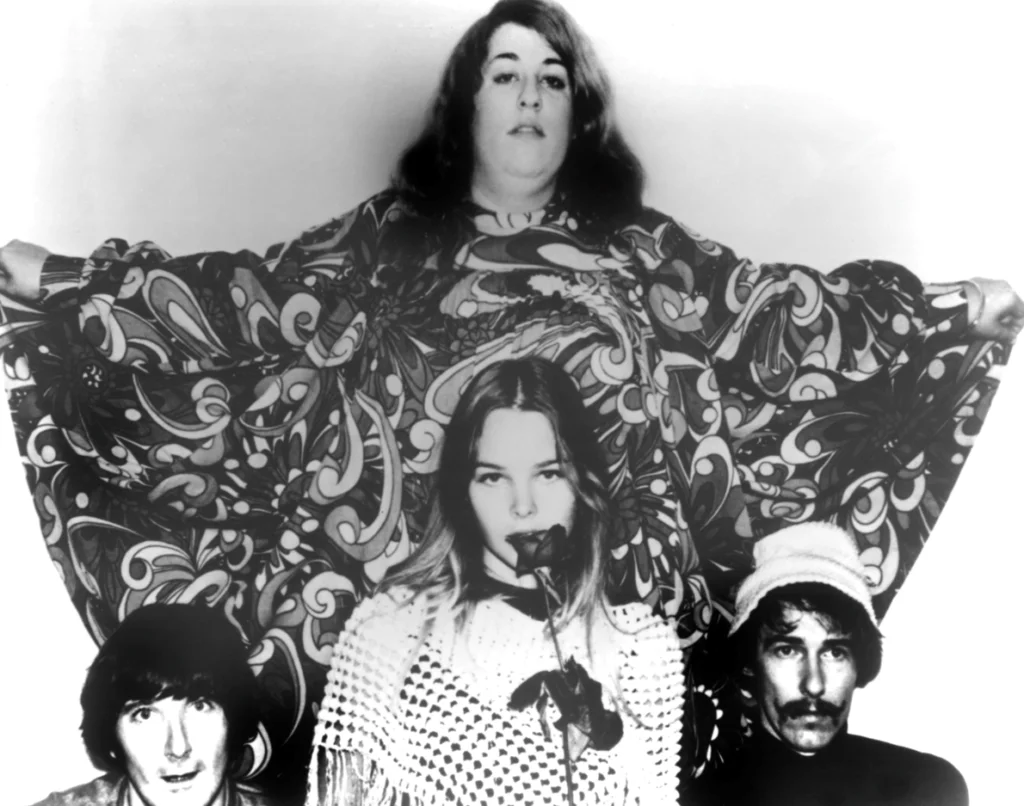
California Dreamin’ became an instant classic when it was released in 1965, perfectly capturing the feeling of longing and escape that many young people experienced during the ’60s. The Mamas & the Papas harmonized their way into the hearts of millions, with this song expressing the dream of a better life, far away from the cold East Coast winter. It was a poignant reflection of the desire for change that was sweeping through the country.
The track’s blend of folk, pop, and a touch of rock made it a timeless anthem for dreamers. Its bittersweet lyrics, combined with its lush, full sound, perfectly encapsulated the sense of yearning that defined the ’60s counterculture. As the song echoed across the radio waves, it became a symbol of hope and the pursuit of something better, resonating deeply with a generation ready to embrace the possibilities of the future.


